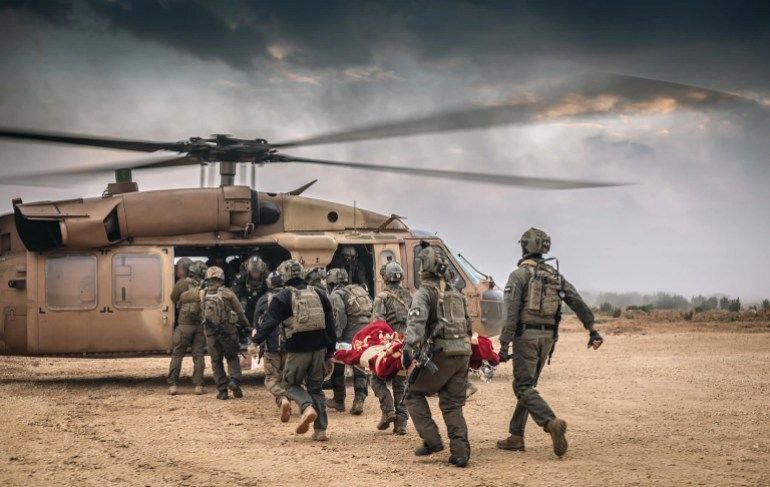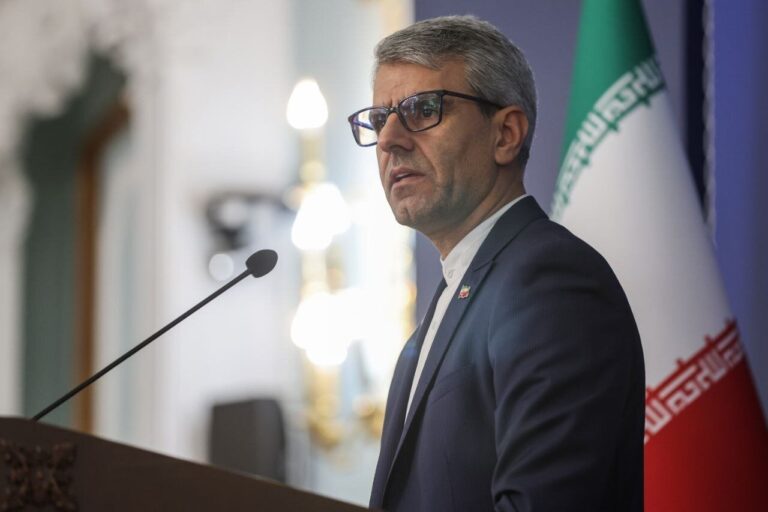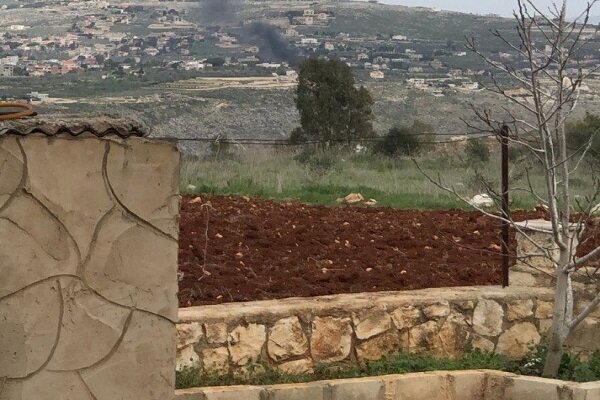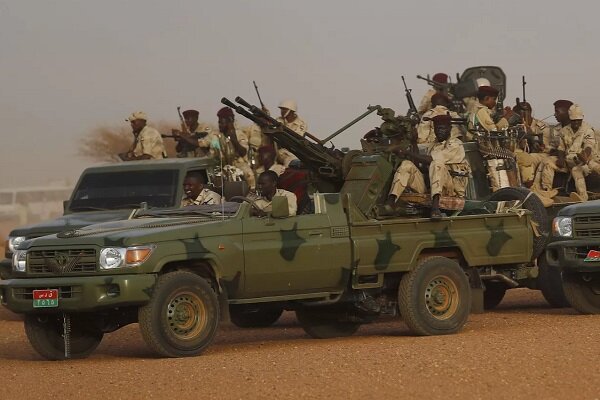Hamas Launches Surprise Ambush on Occupation Forces: A Tense Confrontation Unfolds
The ongoing conflict in Gaza has escalated, with the armed wing of Hamas, known as the al-Qassam Brigades, inflicting significant losses on Israeli occupation forces. In recent operations, the al-Qassam Brigades have demonstrated their tactical capabilities, resulting in numerous casualties and injuries among Israeli troops in the southern Gaza Strip, particularly in Rafah.
In a detailed official statement, the al-Qassam Brigades reported their recent engagements with Israeli forces:
- Targeted Attacks: The brigades revealed that they specifically targeted an Israeli engineering unit consisting of twelve soldiers who were preparing to demolish a building.
- Explosive Engagements: Their fighters launched two anti-personnel and anti-armor shells, which led to an explosion and resulted in multiple casualties among the soldiers on site.
- Helicopter Evacuations: Following the attack, Israeli helicopters were observed arriving to evacuate the dead and wounded from the scene.
Furthermore, the al-Qassam Brigades engaged in intense close-range skirmishes with enemy troops and military vehicles, demonstrating their readiness and capability to confront the Israeli forces head-on.
In a separate operation, part of the “Gates of Hell” campaign, al-Qassam fighters targeted an Israeli infantry unit comprised of seven soldiers near the Omar bin Abdulaziz Mosque, also located east of Rafah. According to their reports, the explosion from the high-explosive device resulted in “scattered body parts” of several Israeli soldiers.
According to an Israeli Occupation Forces (IOF) spokesperson, the aftermath of these confrontations revealed that two soldiers were killed and six others were wounded, with four of the injured reported in critical condition. The Israeli Army Radio reported that during the first attack, gunmen fired a rocket-propelled grenade (RPG) at a building where Israeli soldiers were conducting operations to locate a tunnel opening. This explosion caused a significant structural collapse.
As a result, one soldier was killed, and two others from the 605th Engineering Battalion sustained serious injuries—one critically and the other moderately. In a second incident, resistance fighters targeted a joint force from the Golani Reconnaissance Unit and the 605th Battalion. The soldiers had exited a Namer armored personnel carrier for a raid when they were attacked nearby.
Preliminary reports from this engagement indicate that one soldier was killed, while four others were injured—three critically and one moderately. Among the injured were two officers from the Golani Unit and the 605th Battalion. Both attacks occurred within a three-hour span in the Jenina neighborhood of Rafah, where the Golani Brigade was actively engaged.
In the wake of these incidents, the Israeli military imposed a media blackout regarding the casualties among the IOF. Earlier reports from Israeli media highlighted a serious security incident in Rafah, where a building collapse resulted in severe injuries for several Israeli troops, some of whom were in critical condition. The injured were promptly transported to Barzilai Hospital in Ashkelon.
Israeli media outlets noted the significant challenges faced by the army in evacuating casualties amidst ongoing heavy combat. Helicopters were deployed to provide suppressive fire, facilitating the evacuation process under challenging conditions. The Hebrew-language site Hadashot Bazman published footage showing wounded soldiers arriving at hospitals, while also mentioning that specific details remained under strict censorship.
It was reported that the day was particularly arduous for the IOF in Gaza, as the incidents in Rafah coincided with another confrontation in the Shujaiya neighborhood of Gaza City. Reports from Shujaiya indicated a potential attempt to abduct a wounded Israeli soldier through a tunnel beneath a collapsed building.
As a response to these developments, the Israeli military reportedly activated the Hannibal Directive in both Shujaiya and Rafah. This protocol is designed to prevent the capture of soldiers, even at the risk of targeting their own forces. Witnesses on the ground reported that the IOF started firing on their own positions, driven by fears that a capture operation was underway against the unit ambushed east of Rafah.
The situation remains tense as the al-Qassam Brigades continue to engage Israeli forces, leading to increasing casualties and raising concerns about the ongoing conflict’s escalation. The international community watches closely as these developments unfold amidst a backdrop of heightened military activity and conflict in the region.






